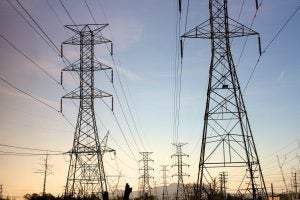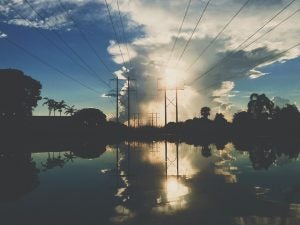By Ellen Shenette, manager, EDF Climate Corps
This year, the Atlantic basin had eight consecutive storms develop—the first time in 124 years. The storms—and by storms I mean big storms—have had catastrophic effects on families, communities and the economy at large. Millions of people were left powerless, access to clean drinking water was compromised and homes were destroyed. It will take decades for the country to recover from this devastation, and hurricane season is only halfway over.
And as the intensity of these storms increases, so do their price tags. Together, hurricanes Harvey, Irma and Maria, which hit the U.S. earlier this fall, are estimated to cost $150-$200 billion in combined destruction. This is an enormous blow to the economy and to tax payers’ wallets.
To those of us on the east coast, this sounds awfully similar to destruction caused by Hurricane Sandy, which hit New York City and New Jersey hard this time five years ago. That’s why it’s important to ask: could the devastation have been avoided, or at least reduced? Read More





